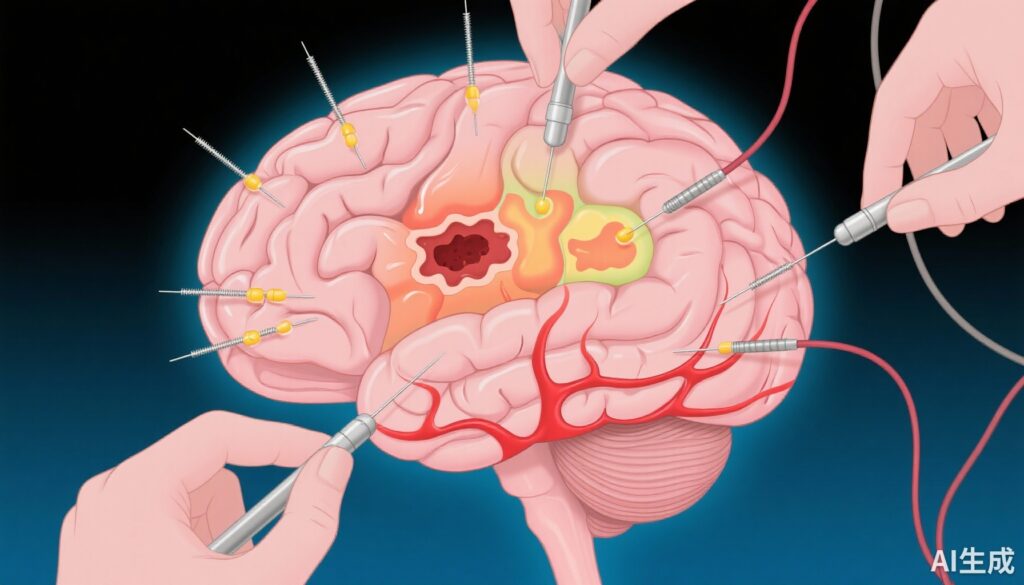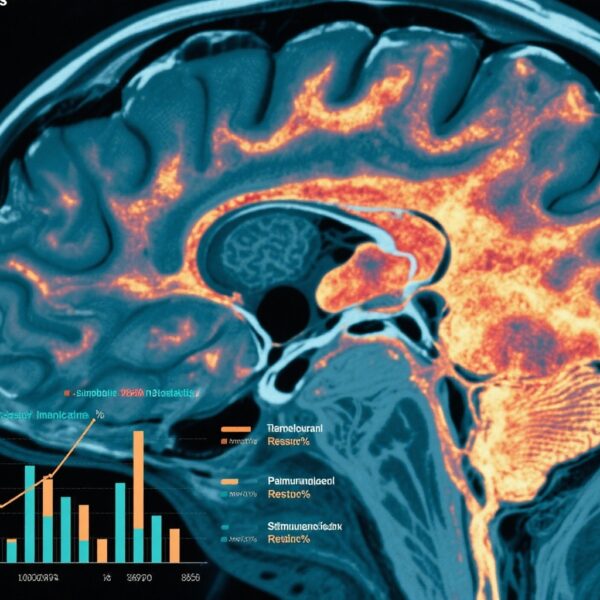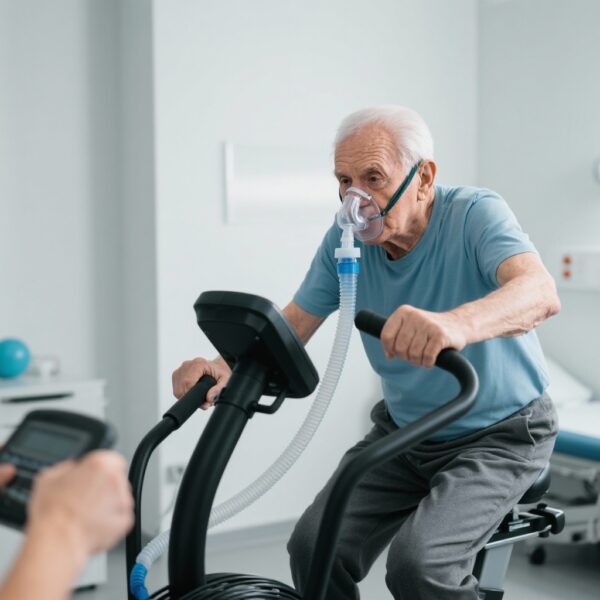Introduction
Stroke remains a leading cause of disability and death worldwide, with ischemic stroke constituting approximately 85% of all cases. Despite advances in acute management, such as thrombolytic therapy and mechanical thrombectomy, many patients experience residual neurological deficits. There is a pressing need for complementary therapies that promote brain repair and mitigate secondary injury. Electroacupuncture, a modern adaptation of traditional acupuncture involving electrical stimulation of specific acupoints, has been used historically in stroke rehabilitation. However, its mechanisms and efficacy require rigorous scientific validation.
Study Background and Disease Burden
The global incidence of ischemic stroke underscores the importance of exploring novel therapeutic approaches. While conventional treatments focus on revascularization, neuroprotection and regeneration remain critical for improving long-term outcomes. Preclinical models provide a platform to examine potential mechanisms by which electroacupuncture might exert neuroprotective and regenerative effects, laying the groundwork for translational research.
Study Design
This systematic review and meta-analysis synthesized data from 70 preclinical studies investigating electroacupuncture’s efficacy in animal models of ischemic stroke. The studies employed various stroke models, predominantly middle cerebral artery occlusion (MCAO), and assessed outcomes such as infarct volume, neuronal apoptosis, inflammation, oxidative stress, nerve regeneration, and blood flow remodeling. Intervention parameters, including acupoint selection, waveform type, timing, and duration, were examined through subgroup analyses. Methodological quality was appraised using the Cochrane risk-of-bias tool, and evidence certainty was graded via GRADE criteria.
Key Findings and Results
The meta-analysis revealed several consistent benefits of electroacupuncture in preclinical stroke models:
– Reduction in infarct volume and neuronal apoptosis (P < 0.01), indicating direct neuroprotection.
– Decreased levels of pro-inflammatory cytokines (e.g., TNF-alpha, IL-1beta) with concomitant increases in anti-inflammatory factors (P = 0.02), highlighting anti-inflammatory effects.
– Attenuation of oxidative stress markers (e.g., malondialdehyde) and upregulation of antioxidant enzymes such as superoxide dismutase (P < 0.01).
– Promotion of nerve regeneration evidenced by increased axonal growth and synaptic plasticity markers (P < 0.01).
– Enhancement of cerebral blood flow and angiogenesis, supporting tissue repair processes.
Subgroup analyses demonstrated that electroacupuncture was most effective when applied in transient MCAO models and during post-occlusion intervention, suggesting a therapeutic window. Waveform analysis indicated dispersive waves outperform continuous waves regarding neuroprotection and anti-inflammatory effects (P < 0.01). Acupoint selection also influenced outcomes, with scalp points showing greater efficacy than body acupoints.
The heterogeneity among studies was low, and sensitivity analyses confirmed the robustness of these findings. However, methodological limitations, including variable risk of bias across studies, warrant cautious interpretation.
Mechanisms of Action
Electroacupuncture appears to exert multifaceted neuroprotective effects through five primary pathways:
1. Inhibition of apoptosis via modulation of apoptotic signaling pathways.
2. Suppression of neuroinflammation by downregulating pro-inflammatory cytokines and upregulating anti-inflammatory mediators.
3. Reduction of oxidative stress through decreased reactive oxygen species and enhanced endogenous antioxidant capacity.
4. Promotion of neuroregeneration involving axonal regeneration, synaptogenesis, and neurogenesis.
5. Improvement in blood flow, angiogenesis, and remodeling of cerebral vasculature.
These mechanisms collectively contribute to reduced lesion size and better functional recovery.
Expert Commentary
While the preclinical evidence demonstrates promising neuroprotective and regenerative effects of electroacupuncture, translating these findings into clinical practice requires caution. The moderate to low quality of evidence, primarily due to methodological variability and potential biases, underscores the need for well-designed clinical trials. Yet, the mechanistic insights support the rationale for integrating electroacupuncture into adjunctive stroke rehabilitation strategies. Future research should focus on optimizing parameters such as stimulation timing, waveform, acupoint selection, and treatment duration, alongside rigorous clinical validation.
Conclusion
Electroacupuncture shows significant potential as a multifaceted therapeutic modality for ischemic stroke, acting through anti-apoptotic, anti-inflammatory, antioxidative, regenerative, and vascular remodeling pathways. Despite current limitations in evidence quality, the consistency of preclinical results justifies further investigation, including translational studies and clinical trials. Its integration into comprehensive stroke management may enhance neurorecovery and functional outcomes.
Funding and Clinical Trials Information
No specific funding was reported for this review, and current clinical trial data are limited. Future studies should aim to evaluate safety, efficacy, and optimal protocols in human populations.
References
Yang G, Guan C, Liu M, et al. Electroacupuncture for the treatment of ischemic stroke: A preclinical meta-analysis and systematic review. Neural Regen Res. 2026;21(3):1191-1210. doi:10.4103/NRR.NRR-D-24-01030.



